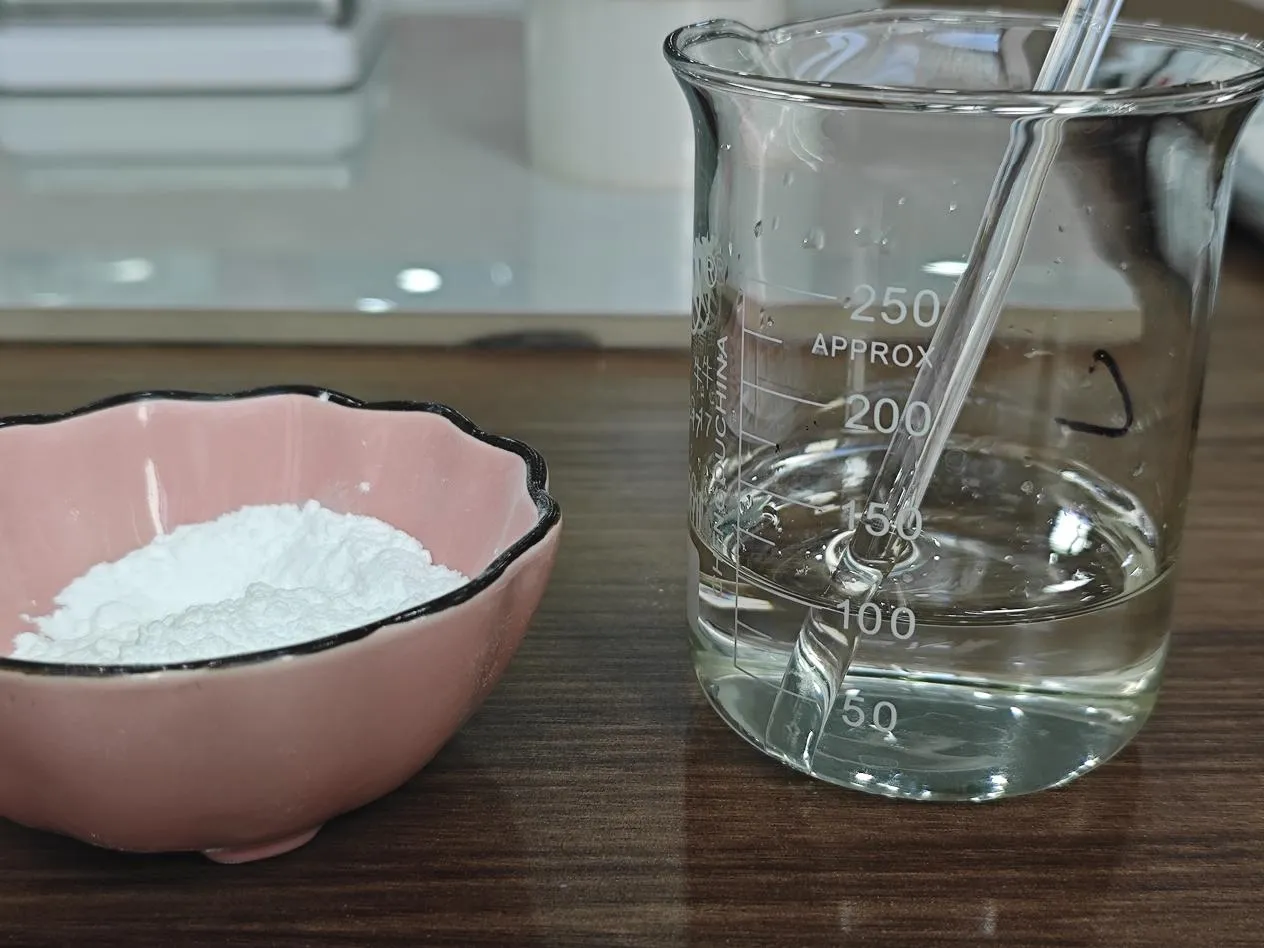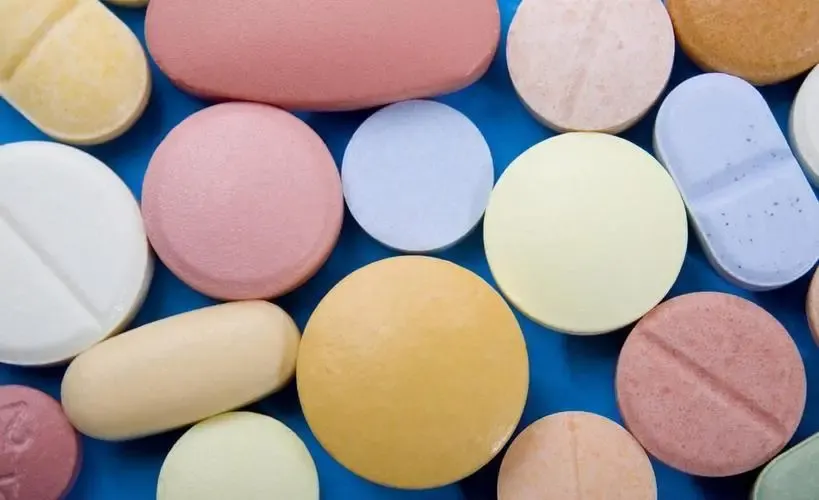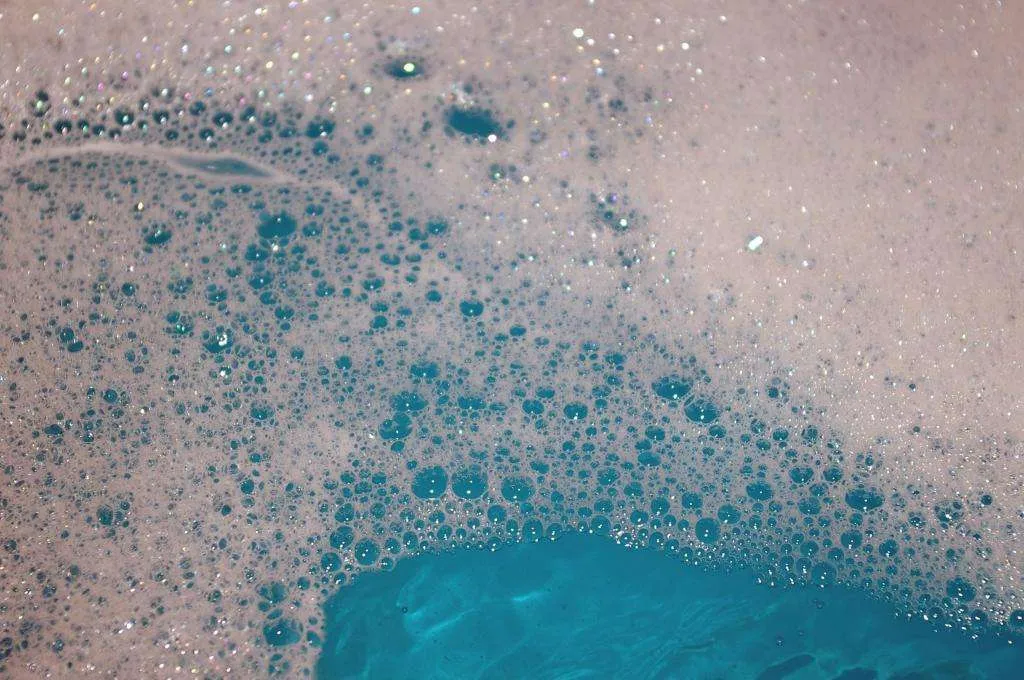
Exploring Antifoaming Agents: Types, Applications, and Industrial Solutions
Foam formation is a common challenge in many industrial processes, from pharmaceuticals to food production and wastewater treatment. Excess foam can disrupt manufacturing efficiency, damage equipment, and compromise product quality. To address this, industries rely on antifoaming agents—specialized additives designed to control or eliminate foam.

This article explores the types of antifoaming agents, their applications in pharmaceuticals and other industries, and provides examples of antifoaming agents including natural and chemical varieties. We’ll also look at the role of silicone defoaming agents and provide a comprehensive antifoaming agents list for better understanding.

Understanding Antifoaming Agents and Their Types
What Are Antifoaming Agents?
Antifoaming agents, also known as defoamers, are substances added to liquids to prevent the formation of foam or to reduce existing foam. They work by destabilizing foam bubbles, allowing them to collapse quickly.
Foam can be problematic in industrial systems because it traps air, reduces capacity in tanks, hinders heat transfer, and causes overflow. Choosing the right antifoaming agent is critical for smooth operations.

Types of Antifoaming Agents
There are several types of antifoaming agents available, each tailored to specific applications:
Silicone-Based Defoamers
Silicone defoaming agents are among the most widely used. They are highly effective, work in small quantities, and are compatible with many systems.
Oil-Based Defoamers
These consist of oils such as mineral or vegetable oils combined with waxes or hydrophobic solids. They’re effective in non-aqueous systems.
Polyether-Based Defoamers
Common in water-based processes, these are useful in situations where silicone is not preferred.
Powdered Antifoam Agents
Used in dry products like cement or detergents, they activate when mixed with water.
Natural Antifoaming Agents
Natural antifoaming agents are derived from plant-based oils or waxes, offering eco-friendly solutions for sensitive industries like food and beverages.
Applications of Antifoaming Agents in Pharmaceuticals and Beyond
Anti Foaming Agent Pharmaceutical Uses
In pharmaceutical manufacturing, foam can interfere with mixing, fermentation, and filling processes. A ਐਂਟੀ ਫੋਮਿੰਗ ਏਜੰਟ ਫਾਰਮਾਸਿਊਟੀਕਲ is designed to prevent foam during production of antibiotics, vaccines, and injectable drugs. These agents must meet strict regulatory standards to ensure they don’t compromise product purity or safety.
Chemical Antifoam Agents
Chemical antifoam agents include synthetic formulations tailored to industrial applications such as:
Water Treatment: Prevents foam in aeration tanks and clarifiers.
Food Processing: Controls foam in boiling, fermenting, or bottling processes.
Paints and Coatings: Ensures smooth application and surface finish.
Textile Manufacturing: Reduces foam during dyeing and washing.
Examples and Lists of Antifoaming Agents
Examples of Antifoaming Agents
Here are some examples of antifoaming agents commonly used:
Polydimethylsiloxane (PDMS) – A key ingredient in silicone-based defoamers.
Polypropylene Glycol (PPG) – Used in water-based systems.
Stearates and Waxes – Often found in oil-based defoamers.
Fatty Acids – Common in natural antifoaming agents.
Antifoaming Agents List
Here’s a quick antifoaming agents list for reference:
Silicone oils (PDMS)
Polyether siloxane copolymers
Mineral oil blends
Polyalkylene glycols
Plant-based oils (natural defoamers)
These antifoaming chemicals are selected based on compatibility with the process, regulatory requirements, and environmental considerations.
Silicone Defoaming Agent
A silicone defoaming agent remains the most versatile solution due to its high spreadability and surface tension-lowering properties. It is widely used in:
Chemical Processing
Pharmaceutical Manufacturing
Food and Beverage Industries
Pulp and Paper Mills
It offers strong foam suppression even at low concentrations.
FAQ: Types and Uses of Antifoaming Agents in Industrial Applications
1. What are the main types of antifoaming agents?
ਦ types of antifoaming agents include silicone-based defoamers, oil-based defoamers, polyether-based defoamers, powdered antifoam agents, and natural antifoaming agents. Each type suits different industrial needs.
2. What are natural antifoaming agents and where are they used?
Natural antifoaming agents are plant-derived substances like vegetable oils and waxes. They are commonly used in food processing, organic manufacturing, and environmentally sensitive industries.
3. What is an anti foaming agent pharmaceutical and why is it important?
An ਐਂਟੀ ਫੋਮਿੰਗ ਏਜੰਟ ਫਾਰਮਾਸਿਊਟੀਕਲ is used in drug manufacturing to prevent foam during fermentation, mixing, or filling processes. It ensures purity and efficiency in the production of medicines.
4. Can you provide some examples of antifoaming agents?
Yes, examples of antifoaming agents include silicone oils (PDMS), polyether siloxane copolymers, polypropylene glycol, and fatty acids.
5. What is a silicone defoaming agent used for?
A silicone defoaming agent is widely used in industries like pharmaceuticals, food processing, chemical manufacturing, and water treatment for its effectiveness in suppressing foam even at low concentrations.
ਸਿੱਟਾ
Foam control is a critical aspect of many industrial processes. From pharmaceuticals to food production and wastewater treatment, the right antifoaming chemicals ensure operational efficiency and product quality.
By understanding the types of antifoaming agents, companies can select solutions that suit their needs—whether it’s an eco-friendly natural antifoaming agent or a powerful silicone defoaming agent. A comprehensive antifoaming agents list and knowledge of examples of antifoaming agents can help in making informed decisions for specific applications.
As industries grow increasingly complex, these additives continue to play a vital role in optimizing production and maintaining high standards across diverse sectors.
-
Hydroxypropyl Starch as a Sustainable Construction AdditiveNewsNov.24,2025
-
The Gelation Properties of CMCNewsNov.21,2025
-
Redispersible Latex Powder and Water Retention CapacityNewsNov.21,2025
-
Dosage Control for Polycarboxylate Water ReducerNewsNov.21,2025
-
Film-Forming Properties of Polyvinyl AlcoholNewsNov.21,2025
-
The Function of Gypsum Additives in MortarNewsNov.21,2025





















